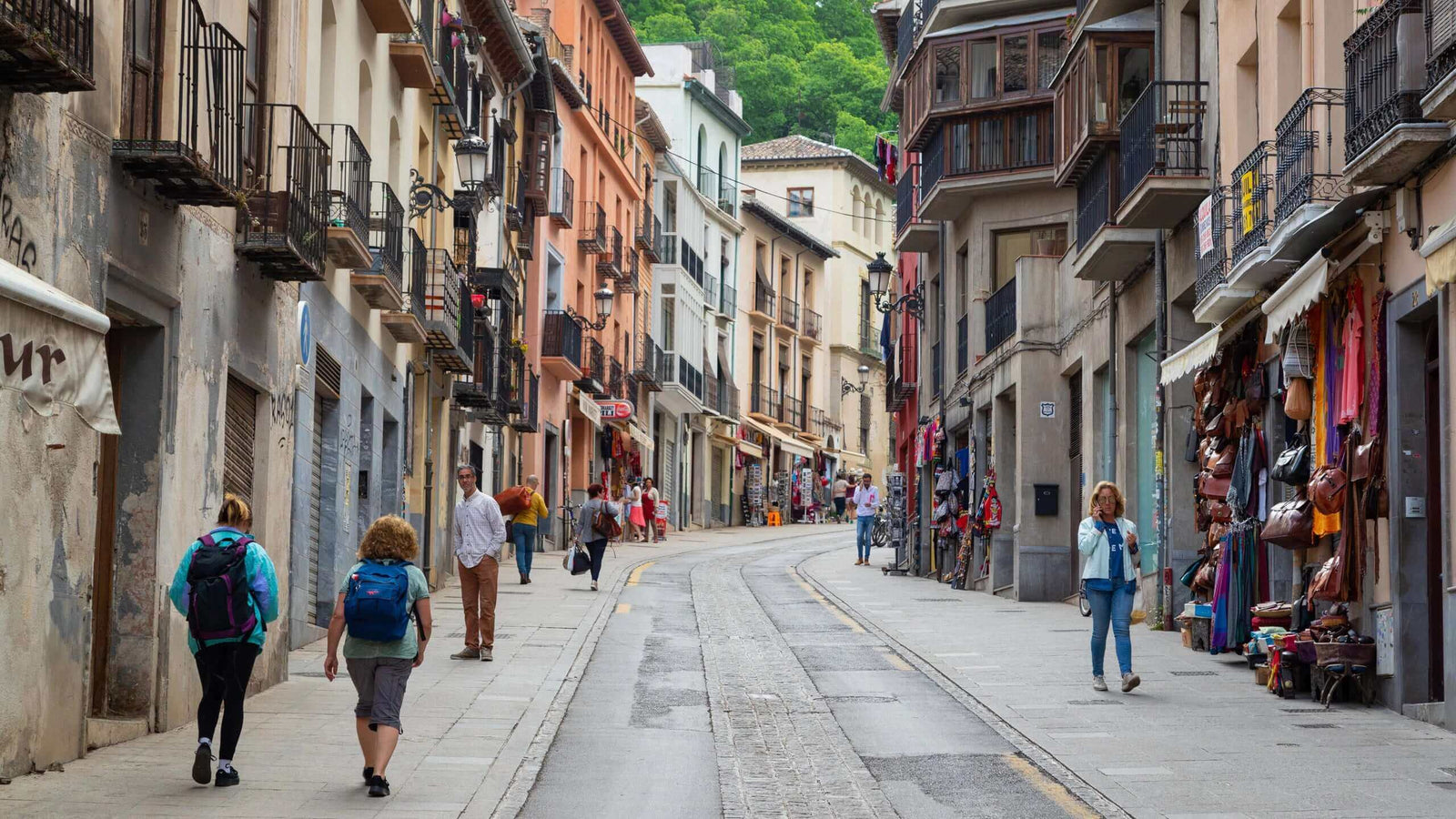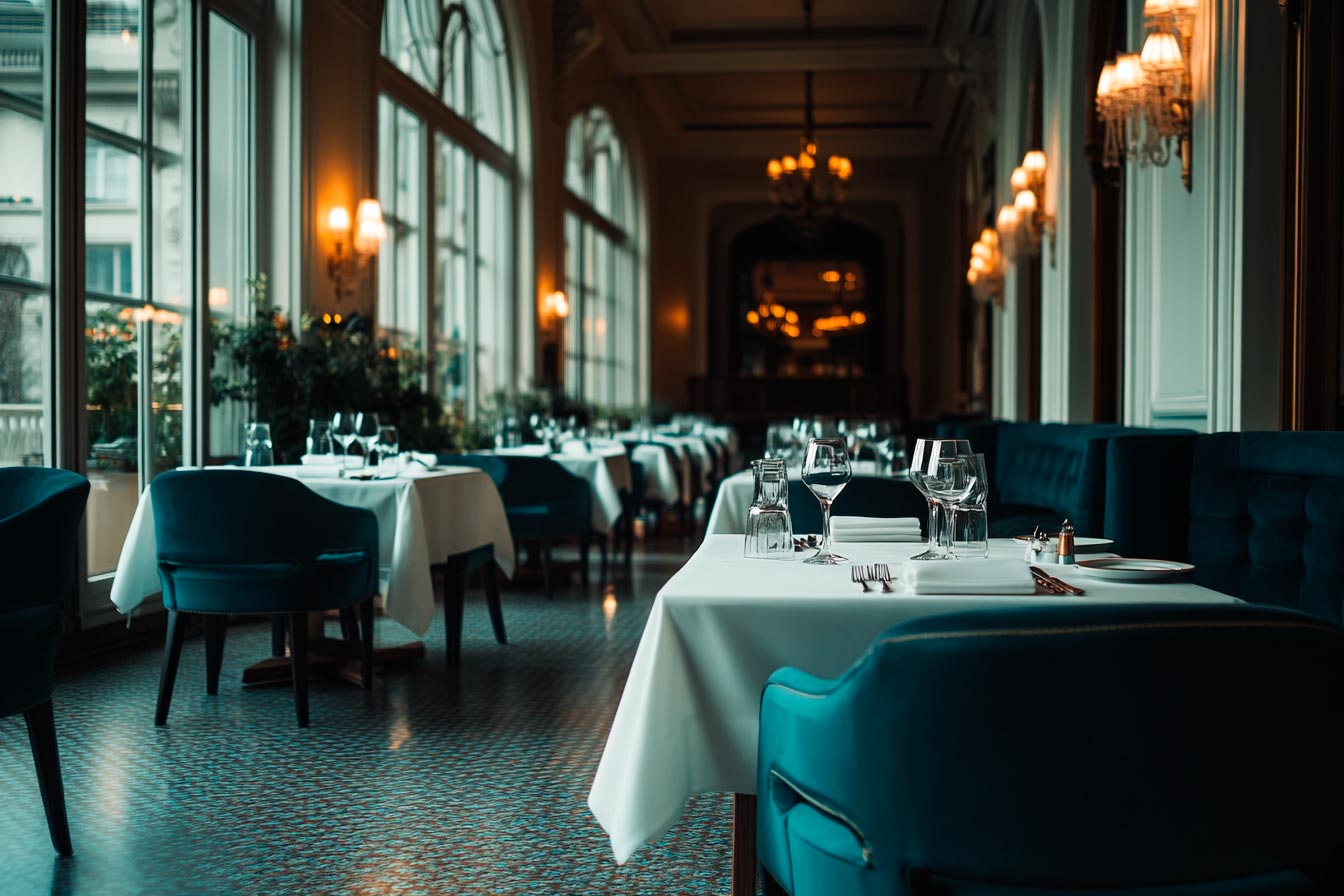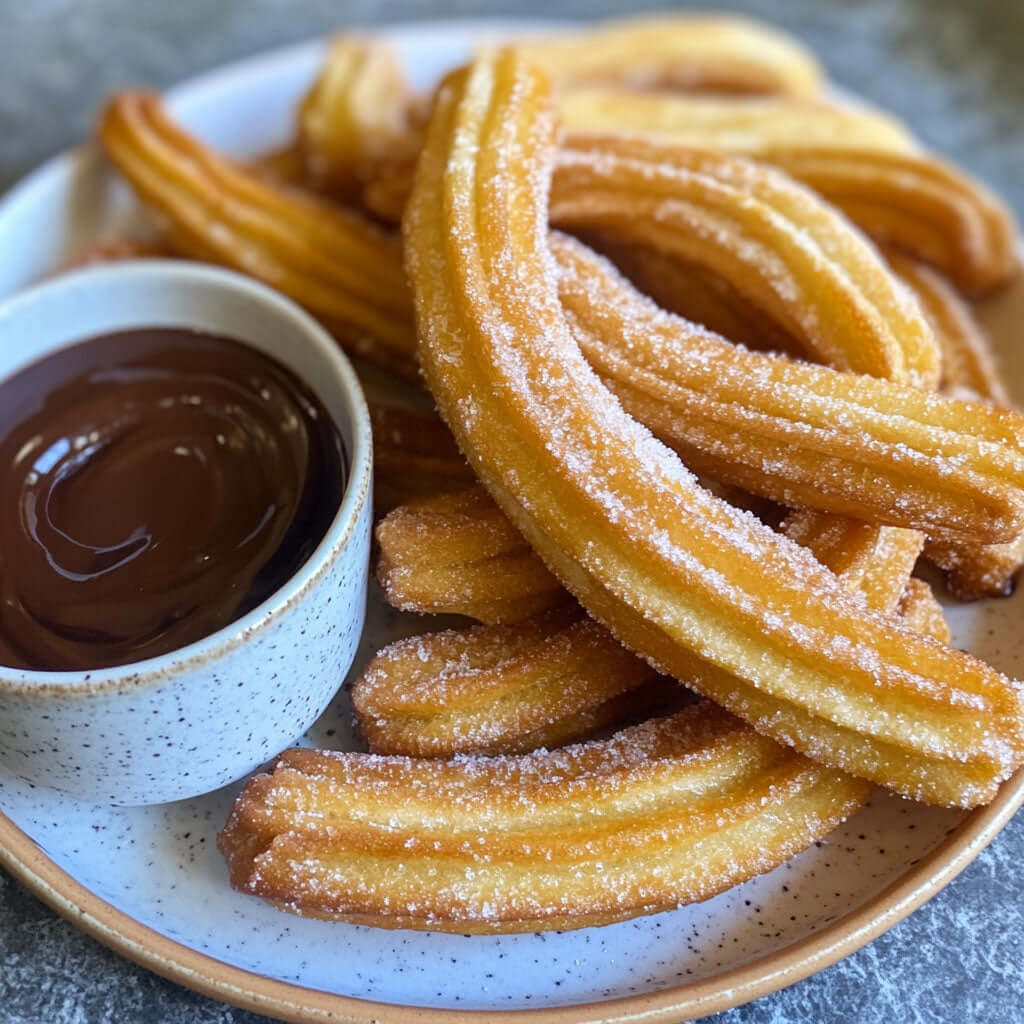What to see in Granada 2023

Discover the best of Granada: Must-see attractions in the city
Granada, a charming and history-filled city in southern Spain, offers a wealth of cultural and architectural treasures for those who wish to explore it. In this article, we will guide you through the highlights of "what to see in Granada", so that you can enjoy your visit to this Andalusian jewel to the fullest. From the majestic Alhambra to the winding streets of the Albaicín, Granada offers something for all tastes and ages. Read on to discover the wonders this city has to offer!
We are going to start with the classics, and then we will show you many more that of course are up to the visitor.
We offer you the definitive guide to the 10 most outstanding sites and monuments in Granada, those that you should not miss.
You cannot stop exploring these essential sites on your visit to Granada, since they are, in our opinion, the ones that best represent the tourist character of this city and that we have selected as the 10 best.
Map of the 10 must-see places to visit in Granada: Top 10
Here you will find useful and interesting facts about each of these places, as well as tips to discover the best places to take a selfie or capture the perfect travel photo.
The sequence in which we present them does not establish a specific priority or order. You can plan your visits according to what best suits your plans.
Map of the monuments and essential corners of Granada
If on this occasion you do not have time to leave the city to explore the Alpujarra or Sierra Nevada, you can leave these and other excursions in the province for your next visit. You could also combine cultural tourism and monuments with a getaway to nature.
Discovering the Alhambra and the Generalife
The imposing monumental complex of the Alhambra includes the Nasrid Palaces, with the Patio de los Leones being its most iconic and photographed corner.
The Alhambra is especially magical during summer nights, especially under the light of the full moon. The Board of the Alhambra and the Generalife organize nocturnal visits that allow you to enjoy this marvel. You can also buy combined tickets to visit the rest of the monument the next day.
Numerous celebrities, politicians and distinguished personalities have posed at this monument. A particularly unique moment was when the New Zealand rugby team, the 'All Blacks', performed their famous 'haka' in front of the Court of Lions.
The Generalife Palace and its gardens are other treasures of the Nasrid complex. The Patio de la Acequia is especially emblematic and has inspired celebrities from all over the world.
Tips and recommendations:
- When buying the tickets, you must choose a specific time to visit the Nasrid Palaces. Arrive on time so you don't miss out.
- General admission does not include a guided tour. If you want to learn more about the history and legends of the Alhambra, opt for a guided tour.
- In addition to the guided tours, there are free tours around the Alhambra to explore the outdoor spaces at no cost.
The majesty of the Cathedral and the Royal Chapel
If the Alhambra symbolizes the splendor of Nasrid Granada, the Granada Cathedral represents the glory of the Catholic Monarchs, who unified Spain in 1492 by conquering the city.
The Catholic Monarchs decided to be buried in Granada, and their remains rest in the Royal Chapel. The Cathedral is a jewel of the Spanish Renaissance, filled with masterpieces of the period.
Tips and recommendations:
- Tickets for the Cathedral and the Royal Chapel can be purchased at the box office without the need to book in advance.
- Both monuments are located in the center of Granada, within walking distance of most accommodation.
- To learn more about the history and architecture of these emblematic places, opt for a guided visit to the Cathedral of Granada.
The Bario del Albaicín
Discover the charm of the Albaicín: the oldest neighborhood in Granada
At www.granadaplanes.com , we invite you to explore the Albaicín, the historic heart of Granada, where you can enjoy an unforgettable experience discovering what to see in Granada. This thousand-year-old neighborhood was founded by the Zirid dynasty in the 11th century, long before the construction of the emblematic Alhambra.
The Albaicín is located on top of a hill, facing the Alhambra and immersed in a magical and unique atmosphere that will transport you to bygone times. Here a large number of charming corners and viewpoints await you, such as San Nicolás, which offers panoramic views of the Alhambra, and San Cristóbal, known for the wonderful sunset that witnessed the visit of Bill and Hillary Clinton in 1997.
Stroll through the narrow cobbled streets of the Albaicín and admire the facades of the houses with colorful pots that adorn their walls. The Hispanic-Muslim architectural richness of the medieval area has been recognized by UNESCO, making the Albaicín a World Heritage Site and a must-see in Granada.
As you walk through its narrow streets, you will discover cisterns, Arab and Moorish houses, convents, churches and other places of interest that will immerse you in the history and culture of the city. Devoting a whole day to exploring the Albaicín will allow you to immerse yourself in its exciting world.
Tips and Recommendations for your visit to the Albaicín:
-
Wear comfortable shoes: Keep in mind that the neighborhood has many slopes and the streets are cobbled, so it is important to wear suitable shoes to walk comfortably.
-
Take water with you: Especially in the summer months, when temperatures are high, it is essential to stay hydrated during your visit.
-
Make a stop at the tapas bars: The Albaicín has numerous tapas bars, where you can taste the local gastronomy and enjoy a refreshing drink.
-
Take advantage of the Free Tour of the Albaicín: If you prefer a guided tour, you can join a Free Tour that tours the neighborhood, at the end of which it is customary to tip the guide as a thank you for his services.
Visiting the Albaicín is immersing yourself in the essence of Granada, an experience that you cannot miss. At www.granadaplanes.com , we offer you all the information you need to plan your visit to this fascinating neighborhood and discover what to see in Granada. Don't wait any longer and enter the charm of the Albaicín!
Carrera del Darro and Paseo de los Tristes
Let yourself be captivated by the Carrera del Darro and the Paseo de los Tristes, the most emblematic corners of Granada
At www.granadaplanes.com , we invite you to discover the Carrera del Darro and the Paseo de los Tristes, two of the most iconic and photographed places in Granada, which cannot be missing from your list of what to see in Granada.
The Carrera del Darro is a picturesque walk that will guide you from the Plaza Nueva to the Paseo de los Tristes, located at the foot of the Alhambra and the Albaicín, bordering the Darro River. This charming tour will give you exceptional views, especially at night, when the illuminated Alhambra is reflected in the waters of the river.
The bohemian and relaxed atmosphere of the Paseo de los Tristes invites you to enjoy its terraces while you delight in the coolness of the river and the stories of legends about tunnels and secret passageways that connect the place with the Alhambra.
In the immediate vicinity of these two magical corners, you can visit numerous places of interest such as the Bañuelo, some 11th century Arab baths; the Arab houses of Zafra and the Moorish houses of Horno de Oro; the Archaeological Museum; and the churches of San Gil and Santa Ana or that of San Pedro and San Pablo.
Also, at the end of Paseo de los Tr
Yes, if you turn to the right, you will be able to cross the Darro river and begin the ascent towards the Alhambra through the Cuesta de los Chinos or Cuesta del Rey Chico. This beautiful and lesser known walk will pleasantly surprise you.
Tips and Recommendations to enjoy the Carrera del Darro and the Paseo de los Tristes:
-
Avoid rush hours: Carrera del Darro is one of the busiest streets in Granada, so if you prefer to enjoy a quieter atmosphere, we recommend visiting early.
-
Combine your visit with other nearby places: Take advantage of the proximity of the Cathedral to plan your itinerary. You can walk through the Carrera del Darro and the Paseo de los Tristes first, and then visit the Cathedral.
The Carrera del Darro and the Paseo de los Tristes are undoubtedly two of the most emblematic and charming places in Granada, which will allow you to immerse yourself in the unique atmosphere of the city. At www.granadaplanes.com , we provide you with all the necessary information so that you can fully enjoy these incredible corners and discover what to see in Granada. Don't wait any longer and embark on this fascinating adventure through the heart of Granada!
Plaza Nueva, Calle Elvira and the Teterías
Discover the magic of Plaza Nueva, Calle Elvira and the Teterías: The historic heart of Granada
At www.granadaplanes.com we invite you to discover Plaza Nueva, Calle Elvira and Las Teterías, emblematic places that will immerse you in the historical and cultural richness of Granada. Do not miss the opportunity to explore these corners on your tour of the city.
Plaza Nueva is the oldest square in Granada, a crossroads and the historic center of the city. Surrounded by important buildings such as the Royal Chancery, its charm lies in the wonderful view of the Torre de la Vela and the Santa Ana portal, as well as the beautiful Pilar del Toro, a masterpiece by Diego de Siloé.
From Plaza Nueva, you can start different walks that will take you to emblematic places in Granada. Go up to the Alhambra through the Cuesta de Gomérez, where you will find the imposing Puerta de las Granadas and access to the monumental complex through its forest. You can also enter the Albaicín through the picturesque Carrera del Darro or explore Elvira street and its adjacent alleyways, which will transport you to the magical neighborhood of tea shops, located mainly on Calderería street.
Calle Elvira, the old main street of the Islamic city since the 11th century, is known for its tapas bars and wineries with a vintage flavor, such as Las Castañeda and La Mancha. In it you will find a unique atmosphere that has inspired popular songs and even a poem by Federico García Lorca.
If you decide to continue walking until the end of the street, without deviating from the main path, you will come to the wonderful Puerta de Elvira, the old entrance to the city and silent witness of distant times.
Tips and Recommendations to enjoy Plaza Nueva, Calle Elvira and the Teterías:
- Combine visits: Take advantage of the proximity of Plaza Nueva to Carrera del Darro to visit both places on the same day.
- Go up to the Albaicín: You can go up to the Albaicín through Calle Calderería, known for its tea shops, and enjoy the narrow streets and exotic aromas.
Sacromonte and its Zambras
Also, do not miss the opportunity to explore the Sacromonte and its zambras, one of the oldest and most picturesque neighborhoods in Granada. Walk up the Cuesta del Chapiz and, turning right in the small square where the sculpture of the gypsy Chorrojumo is located, enter
tie in the neighborhood by the Camino del Sacromonte. Along the way, you will enjoy wonderful views of the Alhambra and the Darro River Valley, while you enter a territory full of legends and stories.
You will soon notice the singularity of the Sacromonte houses, dug into the mountain and decorated with the white of the lime and the color of their pots. The unique character of this neighborhood is due to its history and the people who inhabited it.
To learn more about the history of Sacromonte, visit the Cuevas del Sacromonte Museum and discover how this unique neighborhood was created, in which the spirit of flamenco lived on forever. His zambras achieved worldwide fame among romantic travelers of the 19th and 20th centuries, including Ernest Hemingway, and were enjoyed by movie stars like Ingrid Bergman, Ava Gardner, and the likes of Michelle Obama.
Do not miss the show offered by caves such as La Rocío or María la Canastera,
Tips and Recommendations for visiting Sacromonte:
- Wear comfortable shoes: As in the Albaicín, in the Sacromonte there are many slopes. It is recommended to wear comfortable walking shoes.
- Do your research before booking a zambra: Some zambras are too commercial and tourist-focused. Compare opinions before booking. Some establishments that offer good shows with and without dinner are Tablao La Alboreá and Jardines de Zoraya.
At www.granadaplanes.com , we want you to discover what to see in Granada and immerse yourself in the unique atmosphere of the city. Don't wait any longer and embark on this fascinating adventure through the historic heart of Granada
7. The Carthusian Monastery
Discover the splendor of the Cartuja Monastery in Granada
One of the highlights to visit in Granada is the impressive Monasterio de la Cartuja. After the conquest of Granada by the Catholic Monarchs in 1492, the city underwent a rapid transformation, with the construction of numerous churches, convents and monasteries to promote Catholicism among the population. The Cartuja Monastery is a testimony of this golden age and the artistic richness that characterized it.
It is believed that the first Carthusian monks arrived in Granada in 1514, retaking work on the Monastery that had begun in 1506. The construction of this magnificent building spanned three centuries, and in it you can appreciate late Gothic marvels, Renaissance and Spanish Baroque.
When visiting the Monastery of La Cartuja, you will enjoy an atmosphere of peace and silence that will allow you to contemplate in amazement the beauty and the effort dedicated to this emblematic place. In addition, it has free parking at the entrance, which makes it easy to access.
Tips and Recommendations for visiting the Cartuja Monastery:
- How to get there: Although the Monastery is not located in the center of Granada, it is worth spending 20 minutes by city bus or by car to get there. It is an essential visit on any tour of Granada.
- Gift Shop : Next to the car park, you will find a gift shop where you can buy nice souvenirs, as well as water and cold drinks to keep you hydrated during your visit.
- Audio guides: Although there are no guided tours available in the Monastery, the tourist route is signposted and you can download audio guides to your mobile using a QR code. This service is free and will allow you to learn more about the history and architecture of the place.
In short, the Monasterio de la Cartuja is one of the cultural treasures of Granada that you should not miss. Its impressive architecture and the rich history that surrounds it make it a must for all those who wish to discover the essence of the city. Do not forget to follow the tips mentioned to make the most of your experience in this wonderful place.
The Alpujarra
The Alpujarra, located in the foothills of the Sierra Nevada, is a mountainous region that is home to some of the most picturesque and charming towns in Spain. With traditional architecture that evokes the Arab era and a unique landscape beauty, the Alpujarra is a destination worth exploring during your visit to Granada.
-
History and culture of the Alpujarra This mountainous region has been home to isolated communities for centuries, which has allowed the maintenance of unique customs and architecture in its white villages. Since the end of the 19th century, the Alpujarra began to attract artists, bohemians and romantic travelers, such as the English writer Gerald Brenan, who wrote his famous work 'South of Granada' while living in the region. Since then, many famous artists and personalities have found inspiration in the beauty and uniqueness of the Alpujarra.
-
Tourist towns and accommodation The most visited towns in the Alpujarra are Pampaneira, Capileira and Bubión. You can get to them by bus or by car, and there are numerous rural houses where you can stay during your visit. The region is ideal to visit at any time of the year, but it acquires a special charm during the traditional chestnut festivals in autumn.
-
Tips and recommendations
- Public transport in the Alpujarra is limited, so it is advisable to rent a car if you wish to explore various towns in the region. You can also walk between the nearest towns.
- Please note that the Alpujarra is located in a mountainous region, so travel times may be longer than expected.
- The most touristy towns are Pampaneira and Bubión. If you are looking for a more authentic and calm experience, go up to higher villages where you will find fewer visitors.
Sierra Nevada: the Roof of the Peninsula
Discover Sierra Nevada: The Majestic Summit of the Iberian Peninsula
Sierra Nevada, with its impressive mountains and diverse ecosystems, is recognized as a Biosphere Reserve, National Park and Natural Park. It houses more than 20 peaks that exceed 3,000 meters of altitude.
Mulhacén, its highest peak (3,482m), positions Sierra Nevada as the highest mountain range in Western Europe after the Alps.
Located in the extreme south of Europe, these mountains enjoy a unique and surprising biodiversity.
Sierra Nevada ski resort in the top 10 places to visit The Sierra Nevada ski resort boasts the longest season in Spain and more sunny days than any other European resort.
Do not miss the opportunity to visit Sierra Nevada and immerse yourself in its exciting mountain activities, or simply enjoy its captivating landscapes at any time of the year.
Just 32 kilometers from Granada, it is easy to reach the Sierra Nevada, which is served by an efficient bus service.
Advice and suggestions:
- There are 3 daily buses that leave from the Granada Bus Station to Sierra Nevada. These buses are direct and do not make intermediate stops. The frequency varies outside of the ski season. Check our Sierra Nevada Buses section for more information.
-
- Bathing in the Sierra Nevada lagoons, taking dogs without a leash and camping in its surroundings is strictly prohibited.
- The University Hostel is a recommended option to stay. Consult our section of Accommodation in Sierra Nevada for more options.
- Among the most entertaining winter activities in Sierra Nevada is the Snowshoe Walk.
- A great way to explore the Sierra Nevada and its villages is on a guided walk through the area. Check our hiking options in Sierra Nevada.
- You can also visit the Alpujarra of Granada and enjoy its picturesque towns with the Excursion to the Towns of the Alpujarra.
Discover the majesty of Sierra Nevada and live an unforgettable experience at the top of the Iberian Peninsula.
Arab Baths of Granada
Experience Serenity in the Arab Baths of Granada
Immerse yourself in the rich history and relaxation offered by the Arab baths of Granada, a perfect refuge to de-stress after a day of sightseeing. These thermal baths evoke the atmosphere of the traditional hammams of the Nasrid period.
Enjoy the harmony of its pools with different temperatures: hot, warm and cold, accompanied by soft and relaxing music. In many of these Arab baths, you can also taste a delicious Moorish tea, a gift on the house.
Take the opportunity to book a revitalizing massage with a selection of aromatic oils to enrich your experience.
After visiting the Alhambra, the Generalife and the Albaicín, you will have already captured much of the charm and essence of Granada. Complement your visit to this historic city with a stop at its traditional tearooms and Arab baths or hammams, thus achieving a complete and authentic experience.
Explore the serenity and well-being offered by the Arab baths of Granada and immerse yourself in an experience that will transport you to the splendor of the Nasrid past.
More and much more to see in Granada
Granada is a city full of history and culture, with many interesting places to visit in addition to the well-known sites. Here are some suggestions you may not have considered:
-
The Science Park: It is an interactive science museum that offers interactive exhibits and educational activities for all ages. There are exhibits on astronomy, energy, genetics, and many other topics.
-
Sacromonte Abbey: This historic site is located in the hills east of Granada, and is famous for its cave of saints, said to contain relics of early Christian martyrs. In addition, there is a church and a museum that tell the history of the place.
-
The Barrio del Realejo: This historic neighborhood is the old Jewish quarter of Granada and is a great place to walk around and explore. There are narrow winding streets, quaint squares and many interesting shops and cafes.
-
El Mirador de San Nicolás: It is one of the best places to see the views of the city, especially the Alhambra. It is located in the Albaycín neighborhood, but it is not as well known as other viewpoints. It is a quiet and beautiful place to relax and enjoy the views.
-
Parque García Lorca: It is a public park that pays homage to the famous Spanish poet and playwright Federico García Lorca. There is a monument in his honor, as well as a botanical garden and an amphitheater where concerts and outdoor shows are held.
-
The Contemporary Art Center: It is a space dedicated to the exhibition of contemporary art. There are temporary exhibitions of local and international artists, as well as a permanent collection. There are also workshops and educational activities for children and adults.
-
La Casa de Zafra: It is a house-museum that shows what life was like in Granada during medieval times. The house is located in the Albaycín neighborhood and has a unique and beautiful architecture.
-
The Monastery of San Jerónimo: It is an impressive monastery located in the north of the city. It was built in the 16th century and has an impressive giltwood altarpiece inside. It is a quiet and relaxing place to visit and explore.
-
El Carmen de los Mártires: It is a beautiful garden that is located on the hill of the Alhambra. It has a large number of plants and flowers, as well as fountains, statues and viewpoints with impressive views of the city. There is also a small lake with ducks and swans, making it a perfect place to relax and unwind.
-
The Plaza Bib-Rambla: It is a public square located in the center of the city, near the Cathedral of Granada. It is a lively and vibrant place with many cafes and restaurants, as well as a flower and fruit market. It is also a popular venue for public events and celebrations.
-
The Federico García Lorca House-Museum: It is a museum dedicated to the famous Spanish poet and playwright Federico García Lorca. It is located in the town of Fuente Vaqueros, about 17 kilometers west of Granada. The house-museum preserves the poet's personal objects and tells the story of his life and his literary work.
-
La Cartuja de Granada: It is a monastery located on the outskirts of the city, founded in the 16th century. It is an impressive example of Spanish Baroque architecture and features an impressive central patio and a church decorated with stuccos and frescoes. In addition, the monastery houses an important collection of sacred art.
-
The Paseo de los Tristes: It is a charming walk that is located in the Albaycín neighborhood. It is a narrow, cobbled street that runs along the river Darro and is lined with numerous bars and restaurants. It is a popular place to enjoy an al fresco meal while taking in the views of the Alhambra.
-
The Zambra Museum: It is a museum dedicated to the gypsy culture of Granada and is located in the Sacromonte neighborhood. It has a wide collection of objects and documents related to the history and gypsy culture in the city.
-
El Corral del Carbón: This historic building is a sample of Nasrid architecture and was built in the 14th century. It is located in the heart of the city and is one of the few buildings that remain from the Nasrid period. Formerly it was used as a coal market, but now it is a cultural center where exhibitions and activities are held.
-
The Science Park: This park is an ideal place to visit with family or friends. It is an interactive science center that has more than 70,000 square meters of surface area and a wide variety of exhibitions and activities related to science and technology. In addition, it has a planetarium, a 3D projection room and a botanical garden.
-
El Mirador de San Nicolás: This viewpoint offers one of the most spectacular views of the Alhambra and the city of Granada. It is located in the Albaycín neighborhood and is a popular place to watch the sunset. It is also a place where local street artists and musicians come together to display their art.
-
Dar al-Horra Palace: This palace was built in the 15th century and was the residence of the mother of the last Nasrid king. It is one of the few buildings that remain from the Nasrid period and has impressive architecture and decoration. It is located in the Albaycín neighborhood and is an ideal place to learn more about the history of Granada.
-
The Sierra Nevada Natural Park: This natural park is a paradise for lovers of nature and outdoor sports. It is located a few kilometers from the city and has a wide variety of activities, such as hiking, biking, skiing and mountaineering. In addition, it is home to a large number of animal and plant species.
-
The Realejo neighborhood: This neighborhood is one of the oldest in the city and has a large number of narrow, cobbled streets, as well as a wide variety of bars and restaurants. It is an ideal place to walk and discover the most authentic corners of the city.





